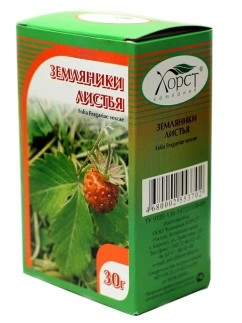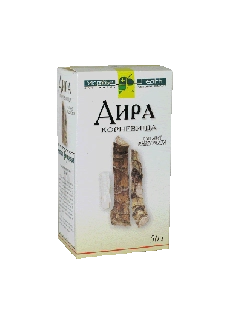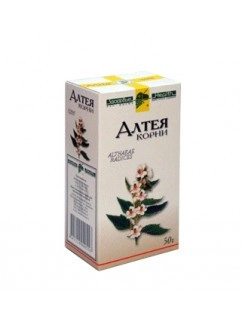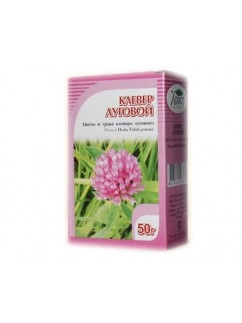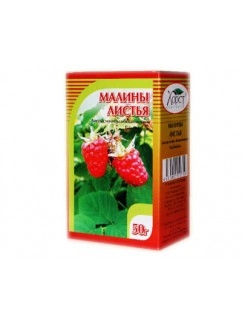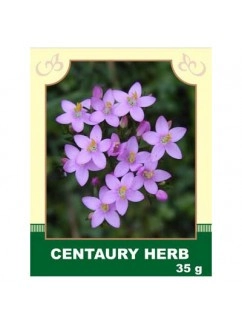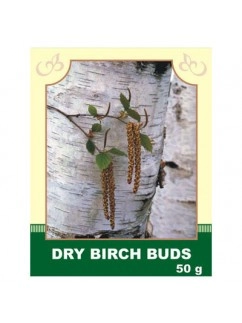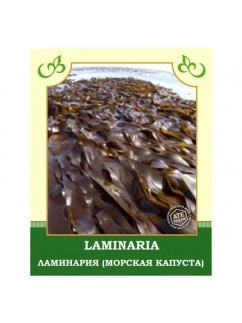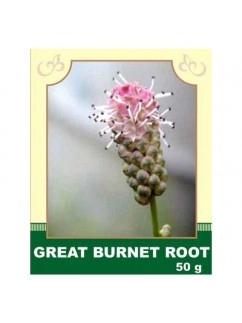Herbs
Internally, a watery infusion of the leaves is used for gastritis, diarrhea, catarrh of the colon, conditions associated with diarrhea and constipation, inflammation of the small intestine, jaundice, hemorrhoids, uterine bleeding, heavy menstruation, asthma, and as a diuretic.
Method of application and dosage: Place 2 tablespoons of raw material in a thermos, pour 250 ml of boiling water, infuse for 1 hour. Drink 1/3 cup 3 times a day before meals. Externally, the infusion of leaves is used in the form of enemas and washes for bleeding and inflamed hemorrhoidal nodes.
Contraindications: individual intolerance.
$8.99- The roots and leaves have demulcent, tonic and astringent properties and are used in domestic medicine in decoction, infusion and cataplasm, as astringents. The root contains mucilage, tannin, starch, sugar, resin, and a crystalline calcium salt. The young shoots are boiled and eaten like asparagus.$7.99
- Calamus comes from China and India. In his books Hippocrates wrote about extraordinary properties of this plant. Nowadays Calamus root is widely used throughout the world. The plant consists of ascorbic acid, starch, gum, volatile oil, tannins etc. Calamus Root is an aromatic stimulant that has been used for centuries in many cultures mainly for digestive complaints. It is considered to benefit digestion, increase the appetite and ease dyspepsia and stomach cramps. The herb is thought to relieve the discomfort of flatulence, as well as check the growth of the bacteria which gives rise to it. The root is considered a stimulant, carminative, hypotensive, tonic, bitter, and aromatic.$7.99
- The properties of Marshmallow are anti-inflammatory and coating. Marshmallow also helps to boost the immunity at cellular level. Marshmallow is used internally to treat inflammation and ulceration of the digestive tract, oral and pharyngeal mucosa with associated dry cough. It relieves irritation of the mucus membranes of the mouth, throat and gastrointestinal tract and helps with respiratory complaints including bronchitis and asthma. The polysaccharides form a protective film over inflamed and irritated mucosal tissue. Marsh Mallow Root is often used for eyes inflammations as a wash.$6.99
Internally, it is taken as an expectorant for upper respiratory tract diseases; as an effective remedy for treating bronchial asthma, anemia, cystitis, dysmenorrhea, and chronic rheumatism; as a diuretic for edema of cardiac and renal origin.
Method of application and dosage: Steep 3 teaspoons of crushed dry inflorescences in 250 ml of boiling water, infuse for 1 hour. Strain and take 1/4 cup 4 times a day 20 minutes before meals. To prepare the tincture, take 40 g of dry inflorescences and pour 500 ml of 40% vodka. Infuse for 10 days in a dark place, strain, and take 20 ml before lunch or bedtime.
Externally, meadow clover is applied as poultices, decoctions, and infusions for abscesses, burns, and joint pain.
Contraindications: individual intolerance and high blood pressure.
$7.99- The leaves of the raspberry plant have been used as a medicinal herb for centuries. The use of this herb dates back to the sixth century and its benefits in childbirth have been recorded as a proven aid in maternity in the most ancient of herbal books. The leaves contain high concentrations of several vitamins and minerals. Vitamin C and vitamin E are present in large amounts as well as Vitamin A and some B Complex. Increased Vitamin A intake in the form of the carotenoids of red raspberry leaf can aid the women immune system as well as facilitate healthy skin and bone development for the baby. Vitamin E serves to promote better circulation in the mother who is dramatically increasing her blood volume during pregnancy. The Red raspberry leaf also contains many essential minerals such as phosphorus, potassium, and an easily assimilated form of calcium. Raspberry leaf tea also acts as an astringent on irritated skin.$5.99
Description. Centuary is considered to be one of the most useful bitter herbs. It acts on kidneys and liver, purifies the blood, strengthens digestive function, increases stomach secretions to assist with the breakdown of food, stimulates the appetite, and increases bile production. The whole herb is an appetizer, aromatic, bitter, cholagogue, diaphoretic, digestive, emetic, febrifuge, hepatic, homeopathic, poultice, stomachic, tonic, liver stimulant, and mild nervine. Centuary contains secoiridoids, alkaloids, phenolic acids, triterpenes, xanthone derivatives, phenolic acids, nicotinic acid compounds, traces of essential oil, oleanolic acid, triterpenes. Use. Centuary is used for high blood pressure and for the gall bladder and liver. In folk medicine, Centaury is employed to strengthen the bladder and prevent bed wetting, for constipation, colic, anemia, gas, heartburn, delayed menses, to lose weight, to destroy head lice, for gout, and for digestion. Centaury was considered a panacea, and was recommended for virtually any medical condition or disorder. Centaury is most commonly used when a digestive or gastric stimulant is needed and it is also utilized for heartburn, delayed menstruation, appetite loss and anorexia when liver weakness is involved, anemia, colic, cramps, constipation, metabolic disorders, diabetes, intestinal worms, kidney problems, jaundice, hepatitis, gallbladder and liver disease, heartburn, rheumatism, gout, to reduce fevers, and as a blood cleanser, a gentle laxative, and to lose weight.
Attention! Before using any herbal products, make sure that you have full knowledge of how the herb works and any adverse reaction it may cause.$6.99Internally, birch kidneys are used in the form of infusions as a diuretic, most effective for edema of cardiac origin. The infusion of birch kidneys also has a choleretic effect, and it helps with stomach spasms, insomnia, fatigue, and the severe course of menopause.
Method of application and dosage: Decoction - 10 g of kidneys are boiled in 200-250 ml of water for half an hour, and after cooling, the decoction is strained. Take the decoction 3 or 4 times a day, 1/4 cup each time. Tincture: 10 g of kidneys are poured with 100 ml of vodka, infused for one to two weeks in a dark place, and then strained. Internally, take the tincture in 30-40 drops several times a day, or use externally for rubbing.
Externally, for baths, compresses, and steaming in rheumatism, gout, joint pain, and acne.
Contraindications: Individual intolerance, during pregnancy, in inflammatory kidney diseases.
$9.99Internally, bladderwrack is taken for the treatment and prevention of atherosclerosis and mild thyroid diseases. It is also used for constipation, acute and chronic enterocolitis, proctitis, and hemorrhoids. Bladderwrack can completely eliminate sexual dysfunctions such as female inflammation and impotence in men.
Method of consumption and dosage: Take 1 teaspoon of powder 2-3 times a day, washing it down with water.
Contraindications: individual intolerance, nephritis, tendency to bleeding, tuberculosis of the lungs, urticaria, during pregnancy, and in other cases when iodine consumption is not recommended.
$6.99Internally, it is taken as a binding, hemostatic, anti-inflammatory, analgesic, and bactericidal agent for inflammations of the mucous membranes, significant disorders of the functional activity of the stomach, intestines, diarrhea, hemorrhoids, uterine bleeding, and inflammatory skin processes. Steamed crushed roots are used for poultices in boils and leg ulcers.
Method of application and dosage: Pour 2 tablespoons of raw material into 200 ml of boiling water, heat on a water bath with a closed lid for 30 minutes, infuse for 10 minutes at room temperature. Strain and take 1 tablespoon 5-6 times a day.
Externally, steamed crushed roots are used for poultices in boils and leg ulcers. For douching, which is carried out 1-2 times a day, the decoction is diluted with warm boiled water (take 100 ml of the decoction for 900 ml of water). For leg ulcers, thrombophlebitis, make compresses from the plant's tincture on 20% alcohol. Rinse children's eyes with a decoction and make compresses for conjunctivitis.
Contraindications: individual intolerance.
$6.99


